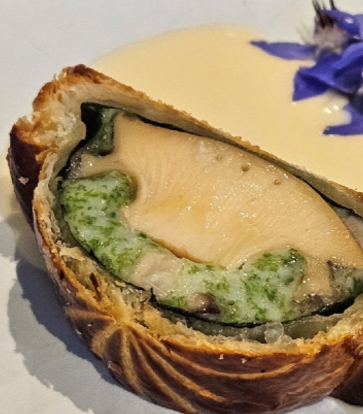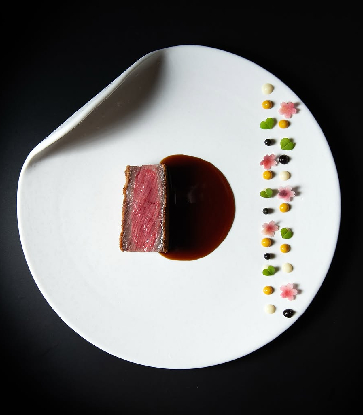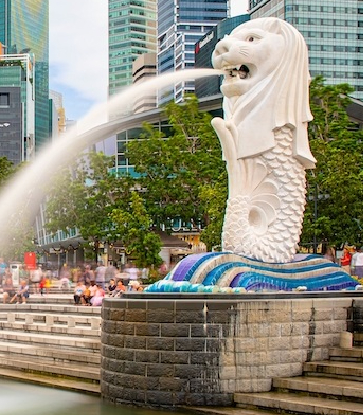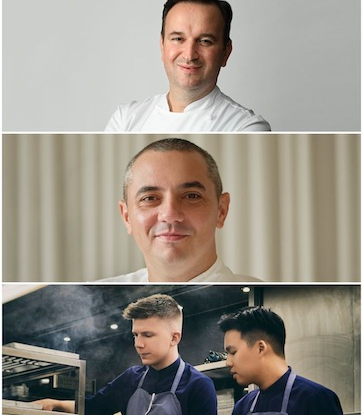Did you know that we have our very own oyster farm just off the waters of sleep Pulau Ubin island? Or how about the fact that hashima – a highly prized dessert ingredient that comes from frogs – is made right here in the city-state?
Most of us think that Singapore completely relies on imported ingredients due to the country’s lack of natural resources and limited land space, but several local farmers and suppliers have emerged to the fore lately hoping to change that perception. We round up a crop of premium produce that has surprisingly been able to flourish in Singapore.
Hashima
What is it?
Commonly mistaken for frog fat, hashima is made from the dried oviducts (or fallopian tubes) of female frogs, and is a common dessert ingredient.
How is it usually used?
Hashima is sold dried and is often rehydrated before being double-boiled with rock sugar. It is used as a prime ingredient to make classic Chinese desserts such as Snow Jelly and Double-boiled Hashima with American ginseng to give them a glutinous texture.
Why is it surprising that it can be grown here?
Traditionally, hashima is harvested from frogs that are found high up in the cold Changbai Mountains, which straddles the China-Korea border.
But Singapore’s
Jurong Frog Farm has been breeding American bullfrogs since 1981, rearing up to 20,000 frogs at a time. This is despite the challenges posed by the species’ long life cycle, their high mortality rates of up to 80 percent, combined with Singapore’s humid climate.
Oysters
What is it?
Pacific oysters. Native to Japan and found in the waters of the Pacific Ocean, the deeply cupped oysters are have a sweet creaminess despite their small size, and a less briny taste compared to Atlantic oysters.
How is it usually eaten?
Typically eaten on its own, freshly shucked.
Why is it surprising that it can be grown here?
Many think oysters don't grow in warm waters. "That's a common misconception," says Michelle Mok, owner of Sea Farmers @ Ubin, Singapore's only oyster farm. The farm takes up an area about the size of three basketball courts in the waters off Pulau Ubin, in which Australian-imported spat, or baby oysters, are imported and cultivated until they reach about 8cm in length.
According to Miss Mok, our tropical conditions are more favourable for oyster-farming than most people realise, as there’s plenty of food in the sea when the water is warmer.
“The reason people are told to consume oysters in the colder months overseas is that the oysters spawn in the summer, leaving them flat and strange-tasting. Our oysters don't spawn, so that quality is consistent throughout the year,” she says.
However, Ms Mok explains that warmer waters also mean there is a lot of biofouling. “Everything grows everywhere! We have to clean the oysters regularly in order to maintain their quality."
Pink oyster mushrooms
What is it?
Chewy, highly perishable flat mushrooms with curly edges that also come in other colours like gold and blue.
How is it usually used?
They can be found in savoury creations such as soups and stir-fried Asian dishes, but are most commonly used in pasta and risotto dishes.
"We clean and trim the pink oyster mushrooms, and then nicely sautée and deglaze them with a dashi and teriyaki sauce. We also retain the trimmings to make a flavourful stock that's used in our three-grain mushroom risotto," says Chef Nixon Low of Modern European restaurant Portico (http://www.portico.sg/).
Why is it surprising that it can be grown here?
Pink oyster mushrooms are able to thrive in warm weather, but the trick is to get the temperature just right, that is, somewhere between 18 and 27 degrees Celsius.
This is tough to do in a hot country like Singapore, but using the right technology and skills,
Kin Yan Agrotech is able to control the humidity and temperature with precision to successfully grow the prized mushrooms.
Purple sorrel
What is it?
A rich-coloured flowering plant that tastes a lot like lemon.
How is it usually used?
It complements dishes that feature shellfish and fish. It can also be used as garnishing in a salad.
Why is it surprising that it can be grown here?
Purple sorrel is native to Brazil and other parts of South America, and is not a common find in this part of the world. Also, sorrel generally thrive in temperatures between 15 to 27 degrees Celsius.
"Anything above that and the plant will look wilted and there tips will be browned due to the heat. If it rains too much, the bulbs may rot or attract pests like snails," says Samantha Chin, the sales and operations manager for
Comcrop, an urban rooftop farm that has managed to grow the delicate plant successfully.


























